Combat in 19 years. Part of 1
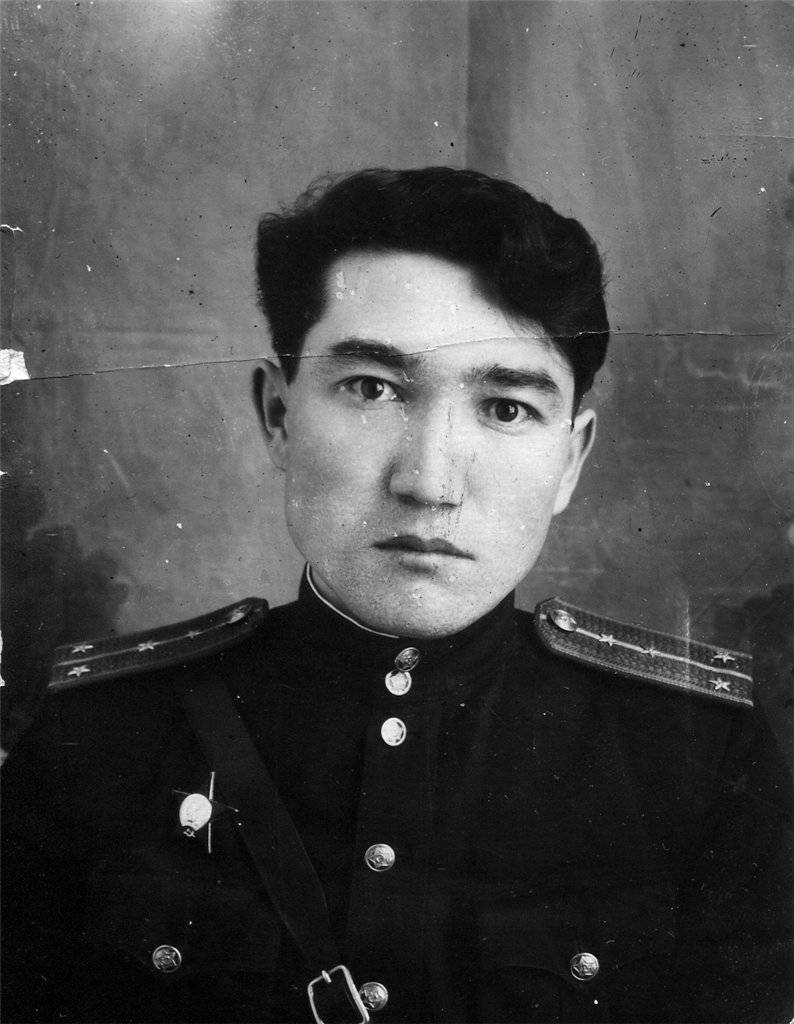
The grandson of a soldier turned to the editors of the website “Military Review” and asked to tell about his grandfather who went through the hearth of the war. Eryngaziev Oryngali Esengazievich: remember this name! In the heavy strap of war, he harnessed a young man.
In his calculation, there were two 122 millimeter howitzers, and after the death of the battery commander, four. And the most difficult wisdom of the war lay in the first steps: the young lieutenant had to learn to control people and learn how to fasten a weapon. In the 19 years, Oryngali became a battalion commander in the 1 Baltic Front, the 381 Infantry Division, and the 1261 Infantry Regiment. Near Vitebsk, in the village of Volkovo, the young commander came up with one military trick. To save the precious guns and deceive the Germans, they made several false models of the guns, installed them in firing positions next to the real guns and opened fire from the real guns in the evening twilight. Having shot, they left the place of firing as soon as possible, precious howitzers were taken away on horseback. And the Germans opened fire on fake guns. So it was possible to save the precious military property involved in the offensive operation to break through the German defensive line "Wotan", which the German command ordered to create after his defeats at Stalingrad and Kursk. German engineers did their best: when creating the Eastern Wall along the Narva, Pskov and other rivers, the most advanced practices of German military thought were used.
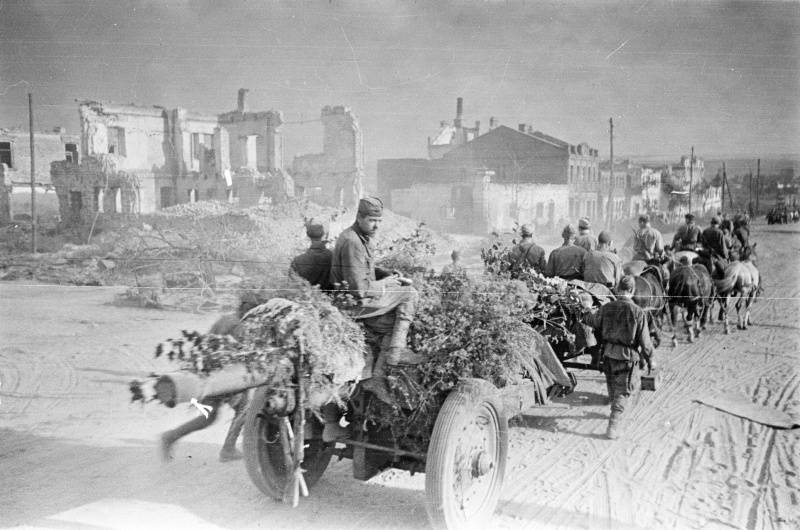
The Nazis shrouded themselves with barbed wire in several rows, dug dozens of bunkers, bunkers, dugouts, thousands of kilometers of trenches, installed minefields everywhere. They thought that under this earthen, reinforced concrete "blanket" they could not be reached. Natural obstacles - the Narva River, the middle Dnieper - were part of the German defensive line. Hitler, convinced by his generals in the inaccessibility of defense, boastfully declared that the Russians would never take the Eastern shaft, otherwise the Dnieper would flow backwards. But the Soviet troops took this rampart: in several places the German defense was broken through, and the main battle ensued for Vitebsk, which was surrounded. Five Nazi divisions were thrown to break the ring.
In late January - early February 1944, “tigers” and self-propelled guns “Ferdinand” appeared on white, cold snow, which Oryngali saw with calculations for the first time. In his book of memoirs, he subsequently writes that they saw these Tanks on the front line, just seven hundred meters from the positions. First, they saw a company in white Soviet camouflage robes, which suddenly appeared on the edge of the forest and headed in the opposite direction from them. Oryngali then thought that this was a very strange behavior and began to take a closer look at them through binoculars. I saw that they had German guns sticking out. And the Germans, counting on their impudence, went out into the open, heading towards a deep ravine, to where the main German forces had concentrated. Gunners opened fire. The company was almost completely destroyed.
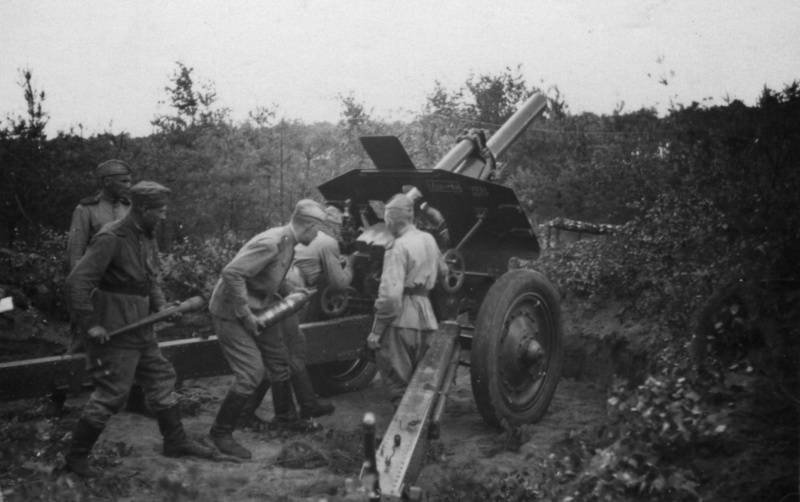
A day later, on February 2, at about ten in the morning, two “tigers” moved in on them. Soviet gunners opened direct fire. 16-kilogram armor-piercing shells demolished the turret from one tank, and the second turned back. The attack was repelled. But at the location of the battery began to shoot a mortar. By the sound of the shots, Oryngali realized that he would soon “cover them.”
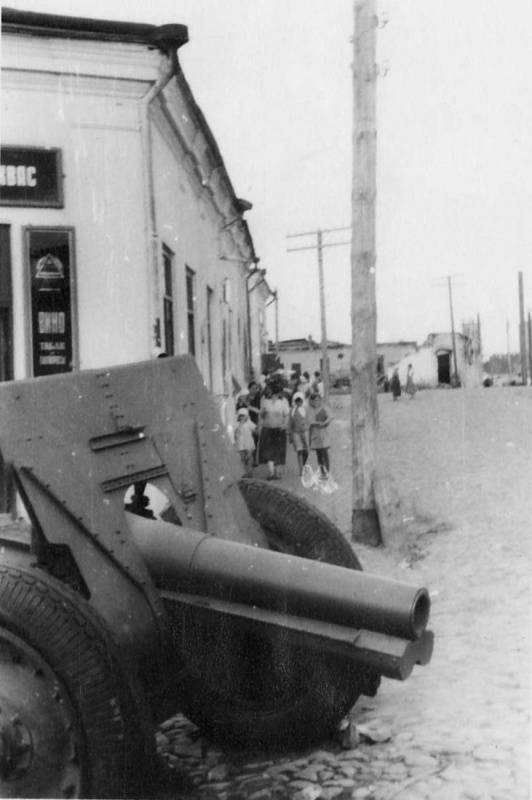
He awoke from silence. Six people around him were killed. And his back was unbearably stinging - the ten fragments were later removed by the doctors when Yashka's faithful orderly found his commander, bandaged and pulled several kilometers on himself, and then in the field hospital instructed the machine gun on the doctors and demanded that the commander be operated on first. They put a mask on his face — anesthesia — he again didn’t remember anything, and, waking up, he cried out in pain. And then he was given for the first time in his life to drink alcohol, and again he fell into oblivion. Here, 12 fighters moaned alongside.
In unconsciousness, visions of the Kazak free steppe, his homeland, came to him, where his ancestors lived for a long time and served their people as much as they could and were tempered in larger and smaller matters, so that later they could become the steel of their soul and heart to serve the Motherland. In 1937, the boy was sent to study at the first Kazakh boarding school, where he was able to learn writing, literature, mathematics, and many other subjects that could pull him out of the darkness of illiterate captivity. The boys and girls then sought to get the red badge of the Voroshilovsky shooter, which flashed with a bright flame from Oryngali, when he learned to shoot straight weapons. This was his first award. How proud he was of her! Moreover, his soul exulted and rejoiced when they got up at four o'clock in the morning to walk to the district center, where he and his comrades in a solemn ceremony were given Komsomol tickets.
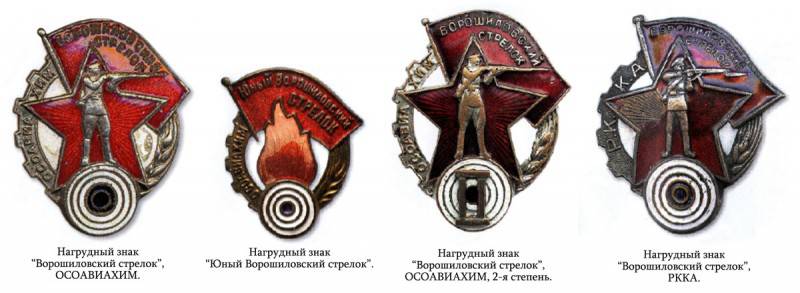
In 1939, he entered the agricultural technical school in Almaty. He had to live in a hostel, where he often fought back along with his friends from the local punks armed with brass knuckles. And only the adoption of the Stalinist law on criminal punishment of minors has calmed down the militant gangs.
Until the end of his life, he remembered when the war began. Crying women somewhat prigomonil solemnly joyful fervor of teenagers when they went to the military registration and enlistment office. They were not taken there, they were told that later they would still be useful. And they are useful. Kazakhstan sent 1 to 200 000 people for war. And in this order later Ormangali will become. But first he was summoned to the military enlistment office and offered to go to study at a military school. Of course, he gladly agreed: after all, he had long dreamed of getting into the flight school so that, like Valery Chkalov, the idol of his youth, would fly into the sky.
But he ended up in Selishchevskoye aviation school, where they taught mechanics for I-16 aircraft. They got up at exactly four in the morning and went to classes that took place daily - the front needed specialists. But suddenly their classes were interrupted at the end of March 1942, the cadets were ordered to pack everything they needed in duffel bags, and they were sent to the railway station, loaded into freight wagons and taken to Omsk, Novosibirsk. And none of them knew why and where they were going. Occasionally they ran out at stops for coal for their stove and again flashed rails. And he was already accustomed to this long road, which finally came to an end. They were brought to Achinsk (the city is 170 kilometers west of Krasnoyarsk), to the Sumy Higher Command Artillery School. So unexpectedly for 360 cadets, their training course was changed because in the first years of the war, I-16 fighters were almost completely destroyed in air battles, new aircraft modifications began to replace them, and it was decided to teach the cadets how to train artillery. The howitzer of the 1938 model (M-30) will become a constant companion for many of them throughout the war years.
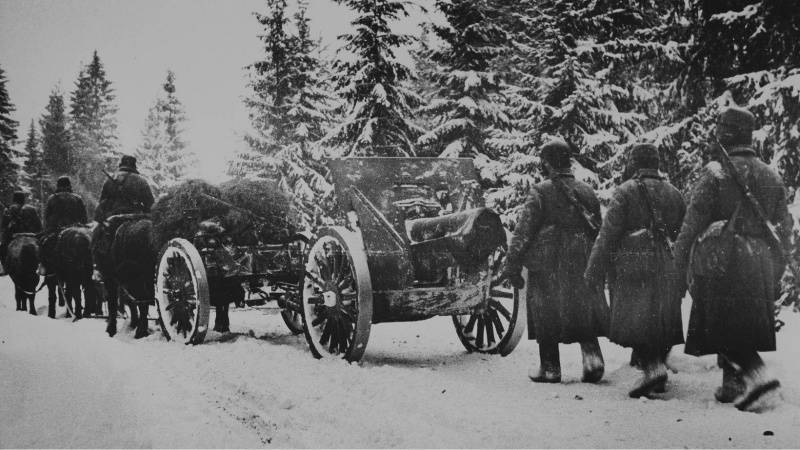
The cadets here, not without pride, learned that the howitzer is the most powerful and modern part of the weapons of the Red Army, and have not yet come up with anything better. The Germans in the early years of the war seized several copies of the guns and used them against the Soviet troops, they even adjusted the release of shells.
Oryngali was very difficult to comprehend artillery science because he knew little Russian, and he and two other cadets had to write additional dictations, comprehend the basics of the Russian language. He particularly attached himself to the horses, to him, a Kazakh, it was extremely necessary to touch at least a small part of his soul with the fact that it was so dear to him. In the winter of 1942, the frost reached 50 degrees, and people rescued animals by putting on special wool muzzles.
At the beginning of 1943, two hundred graduates, including Oryngali, received the rank of lieutenant and were sent to the front near Moscow. Together with his friend Novikov, the two of them were in the ninth Guards Division, commanded by General A.P. Beloborodov. On the way to the suburbs, they saw a huge amount of German equipment, which was lying everywhere, and there were so many of them that they removed it after the war. In the meantime, the young lieutenants were only amazed at the great forces that the Nazi invaders were able to pull off in order to capture the heart of Russia, but they were not allowed to do that. After themselves, they left piles of fallen and wrecked technology of various modifications, which lay here, protruding from under the snow with black remains.
The young lieutenant was lucky: the battles were predominantly local, and he was able to get used to the new environment, to teach the experienced commanders to manage not only the gun, but also the people. Once in the control platoon, whose main task was to provide uninterrupted communications, Oryngali fitted himself to the everyday routine. Once I saw my fellow countryman sleeping at his post, slowly took his gun from him and ordered: “Get up!” And he is sleeping. Then he braked him, and when the soldier woke up, he harshly explained to him that, like this, "warm", they were often captured by German intelligence officers. Countryman vowed to him that he would not do so.
A tremendous shock was the participation of the young battalion commander during the fighting near Rzhev. The terrible conditions of warfare against the fascist troops, who turned almost every meter of land into a well-fortified area, turned into thousands of losses in the ranks of the Soviet troops. City of Rzhev is not left at all. Artillery fire erased it from the face of the earth just as it wiped out the hated occupiers, who suffered enormous human and material losses. Two times the Soviet troops launched an offensive in the area, and each time they turned everything into deadly fire.
In 1943, in August, Oryngali became the commander of two 122-mm howitzers of the artillery division of the 1261 rifle regiment of the 381 rifle division of the Kalinin Front. The location of the battery was not far from the city of Velikie Luki, about nine kilometers from the front line. This last remnant of the German bridgehead, located in 240 kilometers from Rzhev, was to be taken by our units. The Germans used here the fortifications of Peter the Great with might and main: machine guns were installed at the corner bastions, bunkers-basements were all along the perimeter of the fortress, anti-tank ditches and wire barriers, and the main fortress wall was watered every day by the Germans, which became an icy white obstacle.
But the artillery did a great job: the exact guidance was destroyed by many German defensive points and by 20 in January 1943, the Germans were thrown several kilometers back to the area of the village of Chernushki. It was here that Alexander Matrosov accomplished his immortal feat.
In the area of the Great Onions, a temporary lull began and the fighters finally could receive and respond to their families. How did they rejoice at the letters from home! It was good to know that all the Oryngali relatives are alive and well. They did not write to him how much hardship they had in their share in the rear. At this time, the whole country stood up "in the gun" to forge everything for the front and everything for victory.
The city of Great Luke was destroyed to the ground. There were fierce battles, and gunners often had to change their location in order to save precious guns from mortar shelling.
In August 1943 of the year, on the eve of the Smolensk offensive operation, Supreme Commander Joseph Stalin arrived in the army. He checked the readiness for the operation, on the spot he estimated the preparation of the army for combat operations. On the Kalininsky front, where Oryngali also fought, Stalin made several remarks on preparing the front for a large-scale military operation. The fighters learned about this from the front-line press, and this news gave them even more strength.
On August 13, the troops of the Kalinin Front launched an offensive, trying to defeat the enemy grouping in the Dukhovshchina-Demidov area, and then went along with the main forces to the offensive along the route Rudnya-Vitebsk. "As a result of the four-day attacks, the Kalininsky Front broke through the strongly fortified defenses of the enemy, defeated its strongholds in Ribshevo, Verdino, Lomonosovo, Pankratovo, on the night of September 19, by storm, the stronghold of the defense of the Nazis on Smolensk-Dukhovishchina was taken," in his book "The Great Patriotic Destiny of the Combat" events of the past.
Again there was a temporary lull. The troops again stopped in defensive anticipation. Of particular concern was the observation flights of the “frame” —it had to urgently change the disposition of 122-mm howitzers, which were difficult to mask. That was the only way to save the guns. It was rarely necessary to shoot - the gunners were given only three shells per day. Using the data of the regimental intelligence, the gunners inflicted a very significant damage to the enemy, having saved up shells for the week.
At this time, multi-day battles for Vitebsk, which was taken only as a result of the successful operation "Bagration", took place. Oryngali in his book writes about the tragic fate of 33-her army of the Western Front, the number of 150 000 people, which for six months in the winter 1943-1944 broke through the fascist defense.
To be continued ...
Information